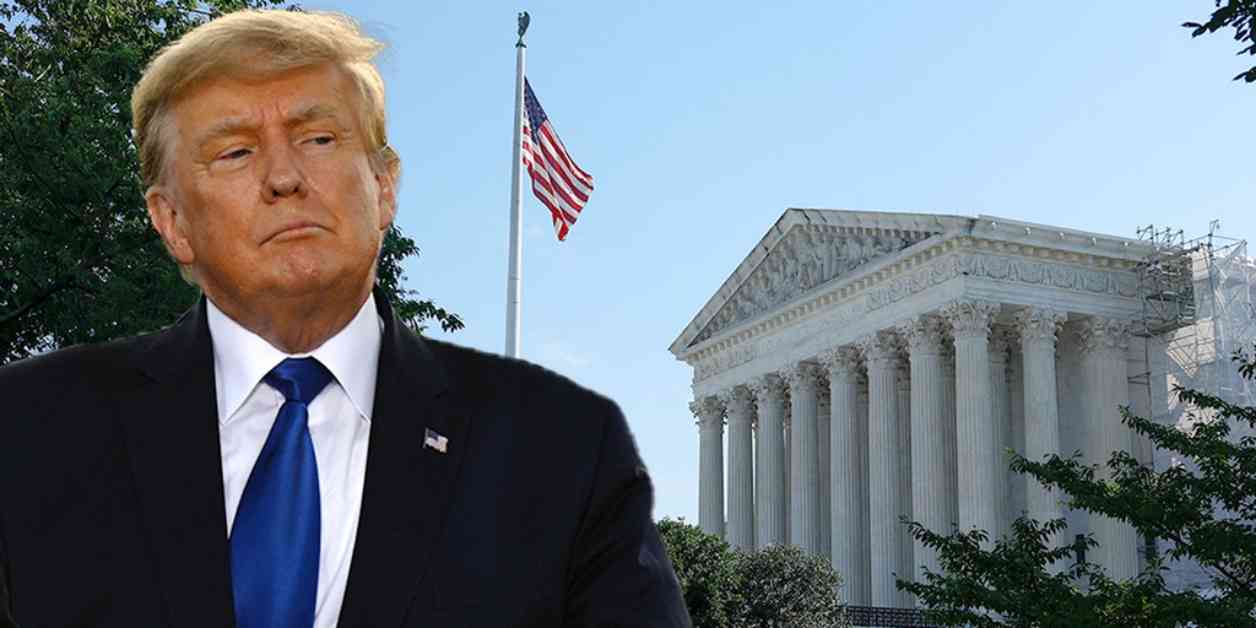In the first month of President Donald Trump’s term, a flurry of lawsuits was unleashed by Democrats against his administration, with a staggering 92 civil actions filed in various courts. These legal battles revolve around Trump’s executive orders on immigration policy, personnel decisions, agency dismantling, and the Department of Government Efficiency’s efforts to eliminate waste, fraud, and abuse. The objective of these lawsuits seems clear—to undermine Trump’s ability to govern effectively, stripping him of his core responsibilities within the executive branch.
The legal challenges faced by the Trump administration are not merely legal battles but are seen by many as attempts to nullify the results of the election and hinder the ability of the victor to govern. Seeking restraining orders and injunctions, Democrats have rushed to the federal courts in an effort to limit Trump’s authority. While the outcomes in lower courts have been mixed, the ultimate decision-making authority resides with the U.S. Supreme Court—a crucial arbiter of the law and defender of the Constitution.
Under Article II, presidents are granted significant authority to oversee and manage the executive branch, a power that Trump has exercised through his executive orders. Despite accusations from some quarters of plunging the nation into a “constitutional crisis,” Trump’s actions are in line with his duty to serve the public interest and ensure fiscal responsibility. By exposing governmental waste and inefficiency, Trump’s initiatives have garnered public support, with a majority of citizens backing efforts to rein in overspending and bureaucratic bloat.
As Trump navigates legal challenges and pushes for fiscal prudence, Democrats continue to oppose his initiatives through lawsuits and legal roadblocks. Despite waning public approval, they persist in their efforts to thwart Trump’s mission to cut government waste and streamline operations. The battle over governmental control and fiscal responsibility underscores a deeper ideological divide between parties, as Trump works to assert executive authority and rein in an expansive bureaucracy.
In the face of mounting debts and bloated government structures, Trump’s push for fiscal accountability and efficiency is a necessary step in curbing excessive spending and redundant positions within the government. By adhering to the principles outlined in the Constitution and embracing transparency in his actions, Trump seeks to reshape the landscape of governance and instill a sense of responsibility in managing taxpayer dollars.
Moving forward, Trump’s commitment to restoring constitutional order and implementing common-sense reforms will continue to face legal challenges and opposition from critics. However, the framework of our government allows for checks and balances, ensuring that decisions regarding executive authority and policy ultimately rest with the Supreme Court. As the legal battles unfold and the quest for governmental efficiency persists, the fundamental principles of good governance and accountability remain at the forefront of the national conversation.

